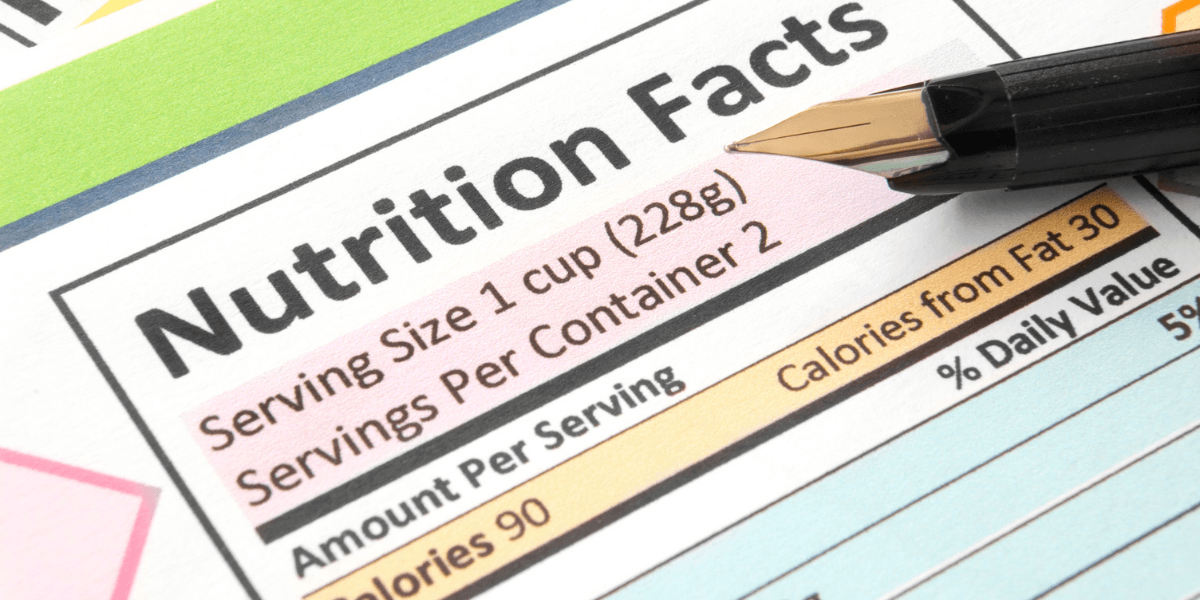A lot of things change as we age, including our definition of healthy eating. As we age, our metabolisms slow down, requiring fewer calories. And as our bodies lose their ability to process or retain certain nutrients efficiently, we may need to be more intentional about consuming nutrient-dense foods with calcium, fiber, or vitamin D.
Unfortunately, for many seniors, this is easier said than done–especially if they’re living on a fixed income. Coupled with the diet restrictions that come with certain medications and medical conditions—like diabetes, hypertension, high cholesterol, heart disease, etc.—and creating a weekly shopping list that is both healthy and on-budget can be a daunting task.
Luckily, we’ve gathered these tips and tricks from the senior nutrition specialists from the Arkansas Association of Area Agencies on Aging to help you create delicious, healthy meals that don’t break the bank!
1. Meal Prep and Planning Can Cut Down on Cost and Waste
Meal planning guidelines for elderly people are pretty much the same as for everyone else. Be realistic about your ability in the kitchen, don’t choose more than two or three big recipes per week, and choose something that you like to eat from each major food group.
Doing a little planning before you head to the grocery store can help you save a significant amount of money. Make a list of the meals you’ll be having this week, and create your shopping list from those ingredients. If you live alone, make sure you take into account how many servings the recipe makes and include leftovers in your meal plans. Once you make your shopping list, stick to it! This will help keep you from impulse buying.
Buying only what you need saves money on the front end and the back end. When you have a plan for each ingredient, you’re less likely to let food go bad in the fridge or forget about it, which leads to food waste. Meal prep helps with this as well. Choose a day on which to prepare all of your food and ingredients for the week. Make batches of chicken or rice or bite-sized snack that you can portion out and serve yourself throughout the week.
2. Check the Nutrition Labels
Whenever possible, it’s best to stay away from processed foods. Stick to the parameters of the store—meat, produce, and dairy. But if you do pick up some packaged foods, make sure you’re reading the nutrition labels carefully. As a bonus, the produce is often cheaper than the packaged, unhealthier food anyway.
The food pyramid for seniors is a little different. You should choose foods that are low in sodium and high in fiber and vitamin D. You should also avoid food with too much sugar, which can aggravate diabetes and contribute to tooth decay and heart disease.

3. Frozen and Canned Foods Are Your Friends
Fresh produce is very healthy, but when you can’t get to the store as often or as easily as you used to or you’re strapped for cash, frozen and canned foods can be a lifesaver. They’re cheap, shelf-stable, and just as nutritious as fresh vegetables—as long as you choose the right type.
Go for flash-frozen vegetables with no sauce or seasoning added to avoid sodium bombs. When buying canned items, choose fruits and vegetables canned in water or their juices, rather than syrup. This keeps the sugar and fat content in your diet down.
When buying canned tuna, it can be tricky whether to go for the water-packed or oil-packed. Both are great sources of protein. However, water-packed tuna has pure protein while oil-packed has a softer texture, which may be easier for seniors to chew.
It may change the flavor and color a little, but canning and freezing actually do an excellent job of preserving nutrients, which can help prevent common nutritional deficiencies in the elderly.
4. Use Coupons and Store Loyalty Programs
Clipping coupons either physically or digitally can help you save money and plan meals around on-sale ingredients. Scan the newspaper or check out local grocery stores’ websites for coupons for items you use frequently.
5. The Freezer Is Your Friend
If your bananas are looking black, that casserole has been in the fridge for a couple of days, or you’re not sure if you’ll get to the chicken…throw it in the freezer! One of the big nutritional concerns for the elderly is making sure they get enough to eat to meet their nutritional needs.
Your appetite tends to shrink as you get older. This is partially due to your metabolism slowing down and partially due to the appetite-cutting effects of certain medications and conditions. Unfortunately, this can mean costly food waste when you don’t finish as much as you thought you would.
Freezing food can help you cut back on food waste and also give you some variety. Tired of eating the same meal prep every day this week? Heat up some casserole from last week or make a smoothie of frozen fruits!
Most food freezes well, including most meat, fruits, and vegetables. Just don’t try to freeze vegetables with high water content like lettuce and cucumber because they get very mushy as they thaw out. Dairy also freezes poorly.
6. Consider a Meal Delivery Service
If you can’t get to the grocery store as often as you used to or you’re not able to afford nutrient-dense foods, consider applying for a meal delivery program like Meals on Wheels. These meals are made up of the best food for seniors because they are designed based on geriatric nutrition guidelines.
And, best of all, these services are free, which means you’ll get hot, nutritious meals daily no matter what your income looks like. Contact your local Area Agency on Aging to find out more about food delivery programs for seniors in your area.




Leave a Reply